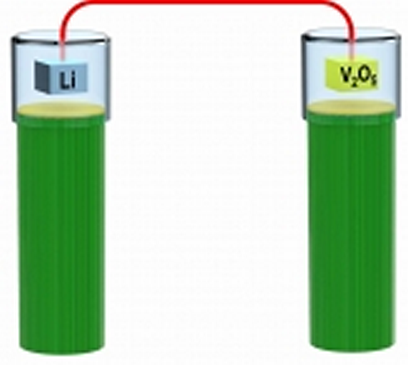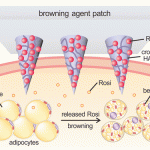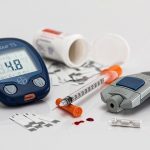
Credit: University of Maryland
Electrical signals running through our bodies central and peripheral nervous system, heart and brain, control and facilitate everything we do. Our bodies break down the food we eat in a process called cellular respiration to create energy and power to do work as electrolytes cross cell membranes, creating ionic current electrical discharges. Now a team of scientists at the University of Maryland (UMD) published in the July 24 issue of Nature Communications, has invented an ion-based electrical battery that could have many important uses as wearable medical devices.
Traditional batteries produce electrical current while the human body works on ionic current, so shockingly you don’t have biocompatibility between the two. Therefore, with an electronic-to-ionic patch medical appliance, the electronic current needs to reach a certain voltage to jump the gap between electronic systems and ionic systems. Meanwhile, our bodies’ ionic currents flow at a very low voltage, so the induced electricity from the medical patch is too high to run, for example, our brain or a muscle. This problem could be eliminated by using this newly created ionic current battery, which could be run at compatible voltages to our living systems.
The new battery created for demonstration by the UMD team (photo above) has two glass tubes with a blade of grass in solution inside, each connected by a thin metal wire at the top. One of the unusual secrets of the battery is using blades of Kentucky bluegrass that once moved nutrients up and down, making them optimal conduits to store the energy released when they are soaked in lithium salt solution.
Team member Jianhua Zhang, Ph.D., speculated that in the future “The (new ionic) battery could be used to develop medical devices for the disabled, or for more efficient drug and gene delivery tools in both research and clinical settings, as a way to more precisely treat cancers and other medical diseases. “Other potential applications might include the development of the next generation of devices to micro-manipulate neuronal activities and interactions that can prevent and/or treat such medical problems as Alzheimer’s disease and depression.”










